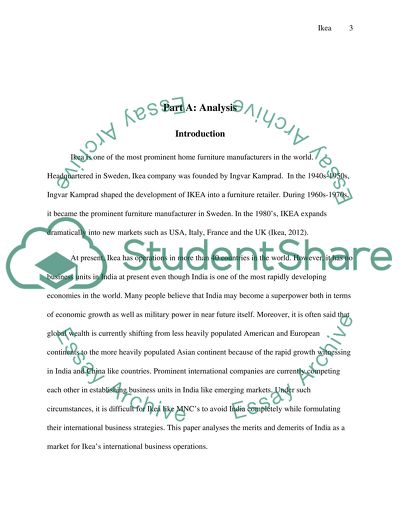Cite this document
(“IKEA and India Assignment Example | Topics and Well Written Essays - 4000 words”, n.d.)
IKEA and India Assignment Example | Topics and Well Written Essays - 4000 words. Retrieved from https://studentshare.org/marketing/1403433-india-as-a-target-marketing-for-ikea-to-open
IKEA and India Assignment Example | Topics and Well Written Essays - 4000 words. Retrieved from https://studentshare.org/marketing/1403433-india-as-a-target-marketing-for-ikea-to-open
(IKEA and India Assignment Example | Topics and Well Written Essays - 4000 Words)
IKEA and India Assignment Example | Topics and Well Written Essays - 4000 Words. https://studentshare.org/marketing/1403433-india-as-a-target-marketing-for-ikea-to-open.
IKEA and India Assignment Example | Topics and Well Written Essays - 4000 Words. https://studentshare.org/marketing/1403433-india-as-a-target-marketing-for-ikea-to-open.
“IKEA and India Assignment Example | Topics and Well Written Essays - 4000 Words”, n.d. https://studentshare.org/marketing/1403433-india-as-a-target-marketing-for-ikea-to-open.


